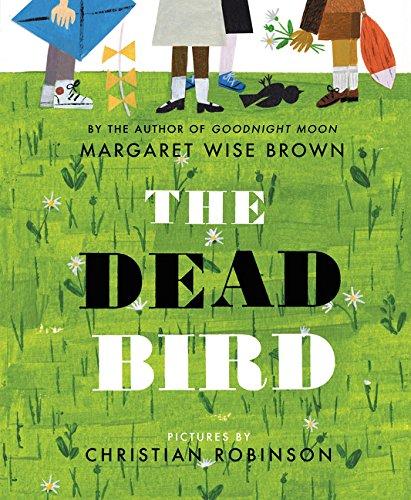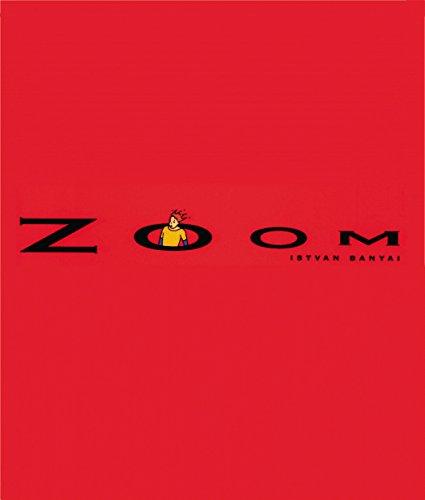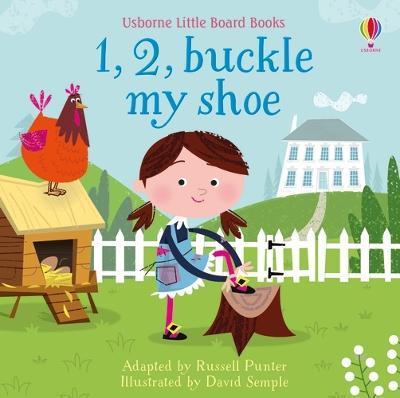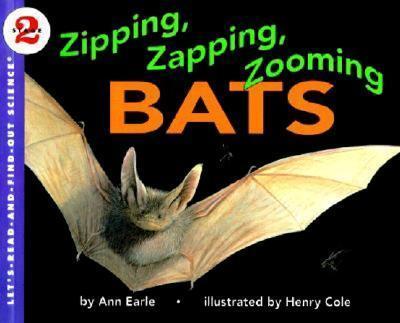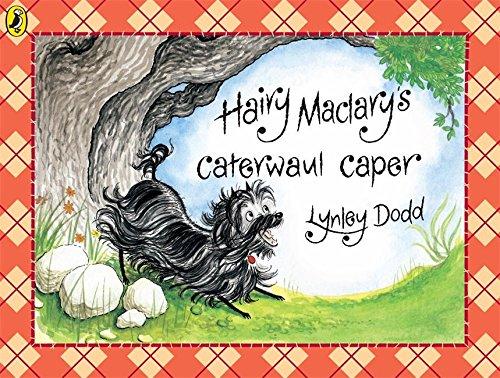Children's Corner , Children 2-6 years
The Dead Bird
This New York Times Best Illustrated Book is a heartwarming classic from the author of Goodnight Moon and The Runaway Bunny, with gorgeous new art by the multiple-award-winning artist of Last Stop on Market Street.This classic picture book by beloved children's book author Margaret Wise Brown is gorgeously reillustrated for a contemporary audience by the critically acclaimed, award-winning illustrator Christian Robinson.One day, the children find a bird lying on its side with its eyes closed and no heartbeat. They are very sorry, so they decide to say good-bye. In the park, they dig a hole for the bird and cover it with warm sweet-ferns and flowers. Finally, they sing sweet songs to send the little bird on its way.A beautiful book to share with children beginning to grapple with loss. Editorial Reviews *12/21/2015 Brown's 1938 story, best known from a 1958 version illustrated by Remy Charlip, describes a group of children who discover a dead bird. Robinson (Leo: A Ghost Story) pictures a verdant urban park, where four children--one dressed as a red fox, another wearing blue fairy wings--frolic with a big gray dog. The sad news arrives on the first page: "The bird was dead when the children found it." The frowning children gently lift the small brown bird, finding "it was still warm and its eyes were closed.... But there was no heart beating. That was how they knew it was dead." They solemnly bury the bird under the leafy trees, improvise a mourning song, and surround a stone marker with summer flowers, behaving "the way grown-up people did when someone died." Even as the children imitate grief in response to the wild bird's death, they genuinely grieve the joy that has been lost: "You'll never fly again," they realize. Robinson's illustrations hint at how the improvised funeral enables the children to acknowledge impermanence, his close-ups capturing their concentration as they assemble the memorial. Brown takes a direct approach to a difficult subject, suggesting how community rituals provide solace. Robinson concludes with a wide-angle view of growing trees and the children flying a kite, implying a return to carefree fun and putting a poignant distance between the tiny figures and readers. Ages 4-8. Illustrator's agent: Steven Malk, Writers House. (Mar.) - Publishers Weekly The original text is timeless, and the modern, cheerful illustrations will help resurrect this classic for a new generation of readers. - ALA Booklist Robinson's sensitive new mixed-media art, with its personality-rich quartet of young people...and its city-park setting, elicits the children's deeply felt emotions and their actions to honor the bird's memory. - Horn Book Magazine 01/01/2016 PreS-Gr 2--Brown's classic, featuring children who find, bury, and eulogize a deceased bird, was originally illustrated in 1958 by Remy Charlip. That's a tough act to follow, but Robinson thoughtfully pays homage to his predecessor while bringing something new to the telling. The text is identical, but the book's orientation shifts from horizontal to vertical and from a limited palette to full color. Charlip's version alternates between spreads with sentences on blank white backgrounds and wordless scenes, encouraging unhurried reflection. Robinson's painted and digital compositions (also emphasizing life-affirming green) home in on diverse, expressive faces and pull back to show enchanting woodland scenes; these perspectives similarly help readers engage with and find relief from the emotional content. One girl wears butterfly wings, while a boy sports a fox mask and tail. Along with the dog who licks a sweet, sad face, these details tie the children more closely to the bird's realm. They also support the spirit of make-believe accompanying the decision to "have a funeral and sing to it the way grown-up people did when someone died." Brown's honesty--"That was the way animals got when they had been dead for some time--cold dead and stone still with no heart beating"--has been both lauded and criticized. Robinson provides new access to her rituals and the notion that it is OK, eventually, to return to play--and kite flying. That kite soars up into birdland and references Remy one last time. VERDICT A lovely book befitting its lineage.--Wendy Lukehart, District of Columbia Public Library - School Library Journal *2016-01-09 Robinson reimagines the 1958 story originally illustrated by Remy Charlip, in which children find a dead bird and offer it a send-off through ritual and song. Brown's lovely, gentle, and reassuring text remains the same. The children find a still-warm bird and experience its loss. Knowing it will never fly again, they create a grave--wrapping the bird in grapevine leaves and burying it with sweet-ferns and flowers. Both innocent and wise, the children sing about the bird's death and cry before inscribing a stone to place on top. Robinson stays true to the intent of the original text and illustrations but elegantly improves upon it with cinematic storytelling. His setting is a lush urban park filled with trees, bridges, and ponds, framed by a city skyline. And his characters are diverse in gender and ethnicity but universal in their emotions, curiosity, and playfulness (one wears fairy wings and another a fox costume). While simply rendered, with basic shapes and few brush strokes, the design of the spreads and the progression of images are spatially sophisticated. As in his illustrations for Matt de la Pena's Last Stop on Market Street (2015), the artist's characters and environments have a realness to them, perhaps because Robinson portrays them with such respect, love, and ease. A story about the importance of ritual and the ability for renewal, itself magnificently renewed by Robinson. (Picture book. 4-8) - Kirkus Reviews
- Brown, Margaret Wise
- HarperCollins
- 2016
- 32
- Hardcover
- 9780060289317
Поткатегории
